Displays (LCDs, OLEDs, TFTs, etc.) make a lot of noise, electrical noise specifically; and electrical noise can be a challenge for touch screens. So, what is electrical noise and how can you defend against it?
Electrical noise or electronic interference, in this case, specifically called Broadband electromagnetic interference (EMI), is the radiation of electromagnetic energy from the display. All the electrons that are running around to create the nice picture on the display create electromagnetic radiation. That radiation travels through the air and eventually hits the conductive layer on the touch sensor. Being conductive, the electrons in that conductive layer get pushed around by the EM radiation, the attached touch controller then notices those electrons getting pushed around as a change in the sensor. Depending on what the touch controller ‘hears’, it may or may not respond. For noise coming from display, hopefully it does nothing.
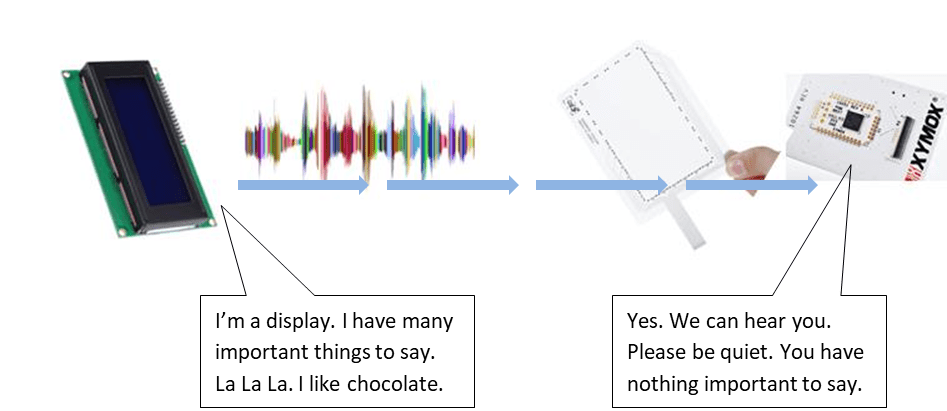
The picture below shows ‘noise’ from a 5” LCD seen on three channels of an Azoteq controller connected to a Xymox sensor. The x-axis is time, and covers about five hours, the y-axis is counts (a unit of measure for touch controllers).
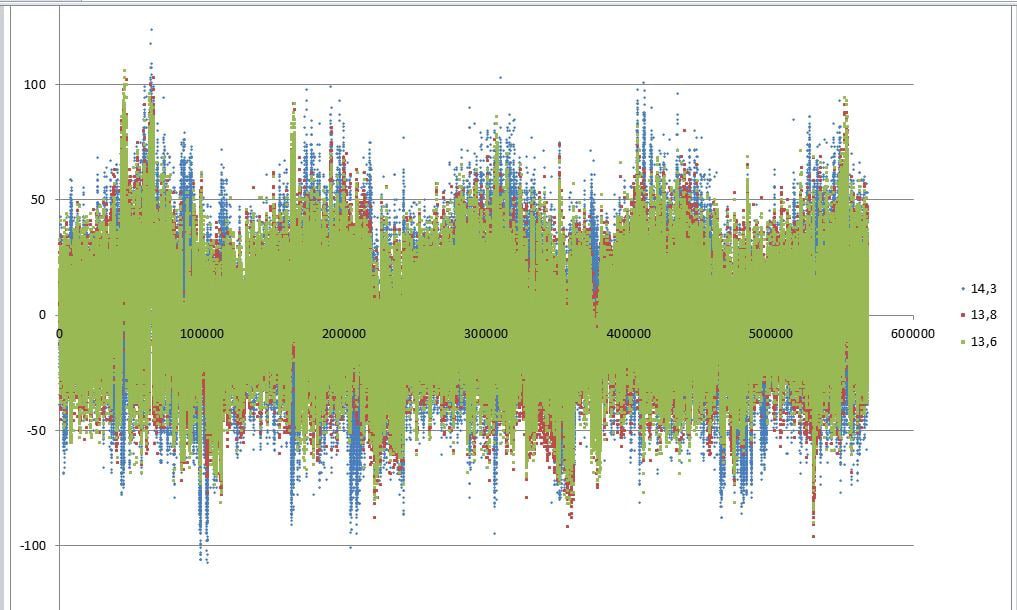
Here is another snapshot of noise seen on one channel of a controller while a display is gradually increasing the number of white pixels from 0% to 100%. The display would change from 100% white to 0% in a single step at the points noted by the red arrows. This shows that noise from a display varies with the picture. It is important to take noise measurements with a wide range of pixel activity.
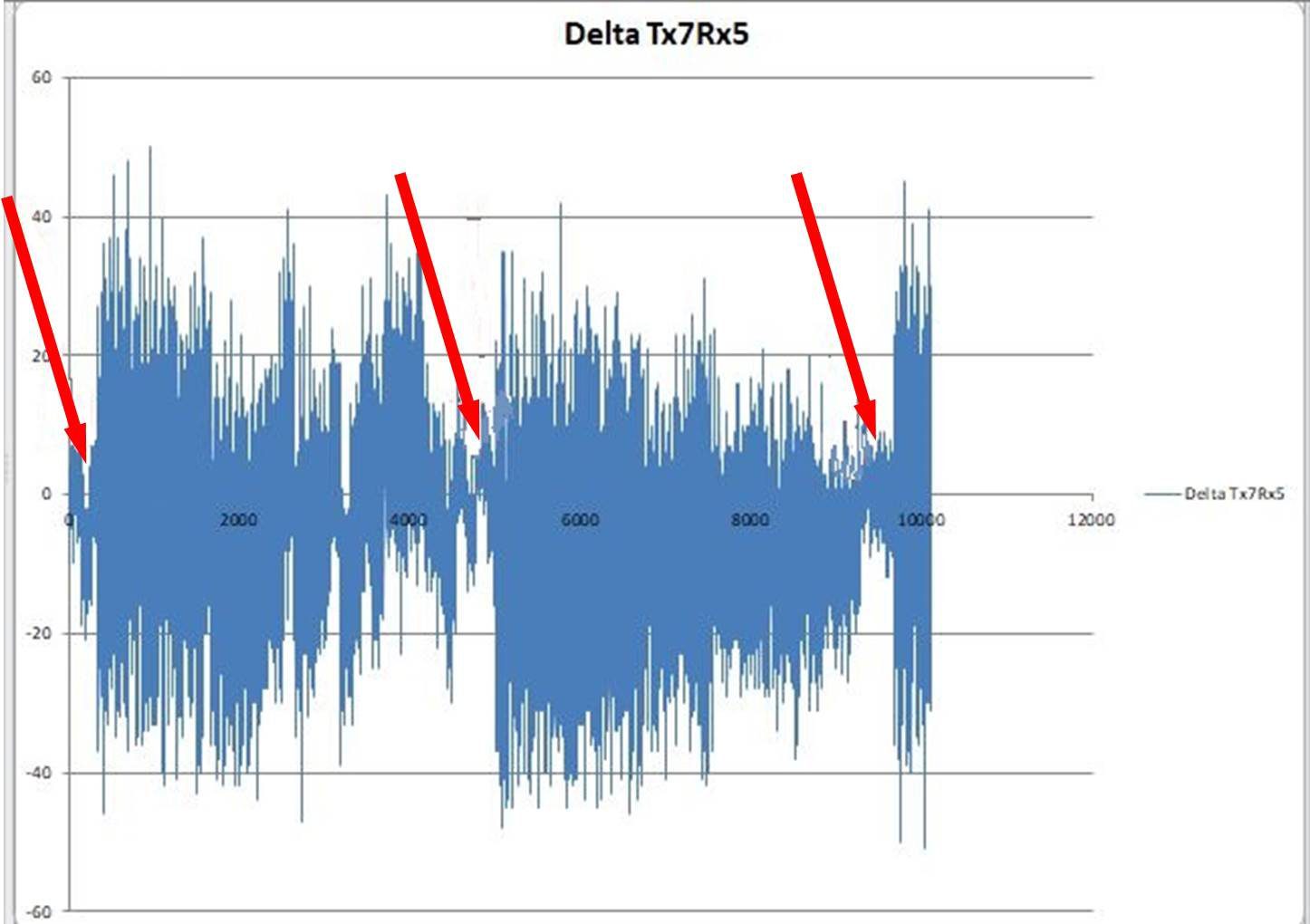
So what are some ways to handle the noise?
Mind the gap: adding a 1mm air gap between display and sensor is extremely effective. Typically this method suppresses the noise sufficiently for the noise filters within the controller to work effectively. EMI from modern displays is only present at very short distances and thus a 1mm gap often does the trick.


As the amount of noise increases, applications may benefit from a grounded shield layer added to the display. In extreme conditions, highly engineered designs with specialized materials are required.
True story from college. I was sitting around talking with my friends and one of them said, “Dean, you sure talk a lot.” I replied, “I have a lot of important things to say.” He said, “No you don’t.” At which point the disagreement was clearly defined and could only be resolved one way; Rock-Paper-Scissors, best 2 of 3. All important disagreements were resolved in this manner. Two minutes later, I lost and it was official, I had nothing important to say….for about five minutes.

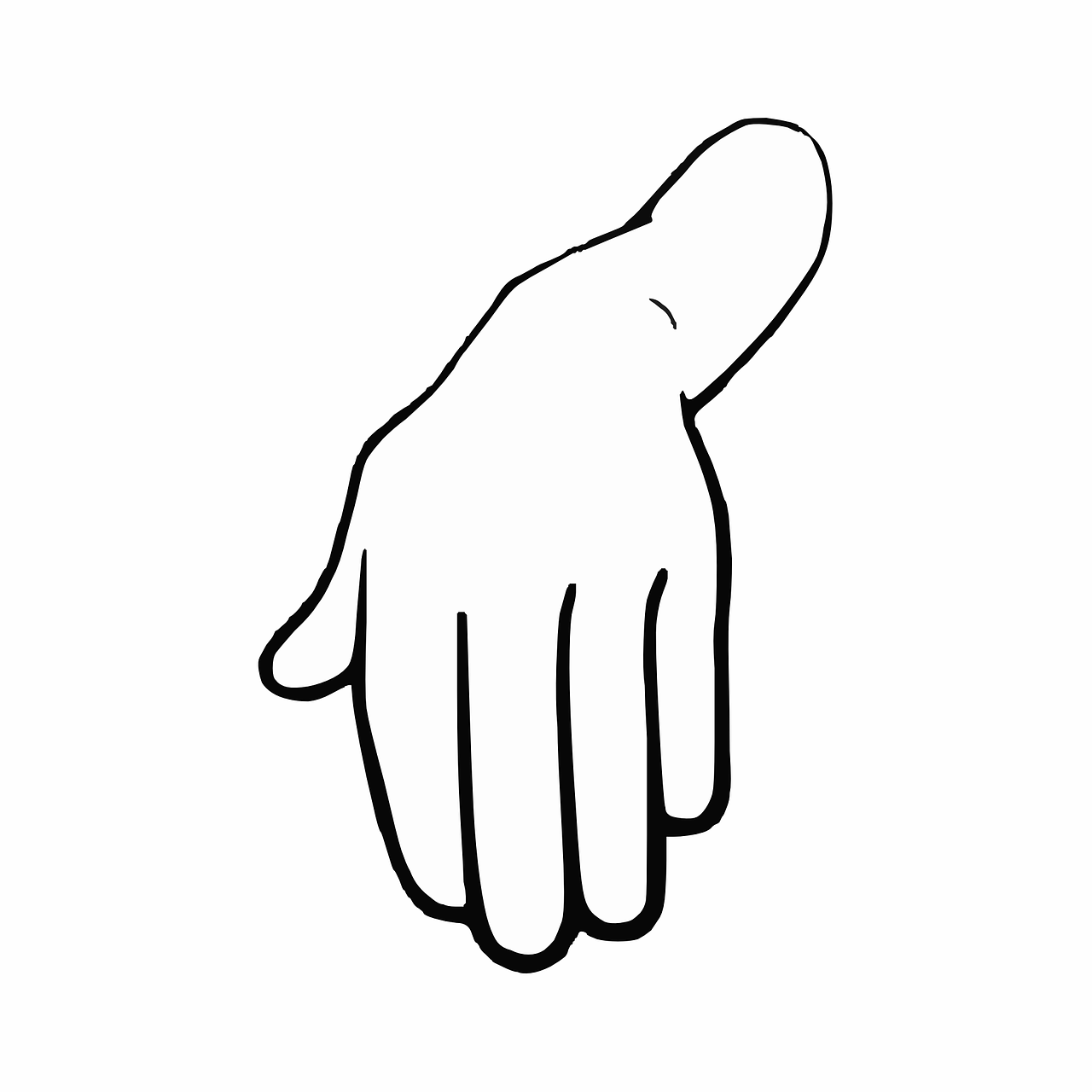
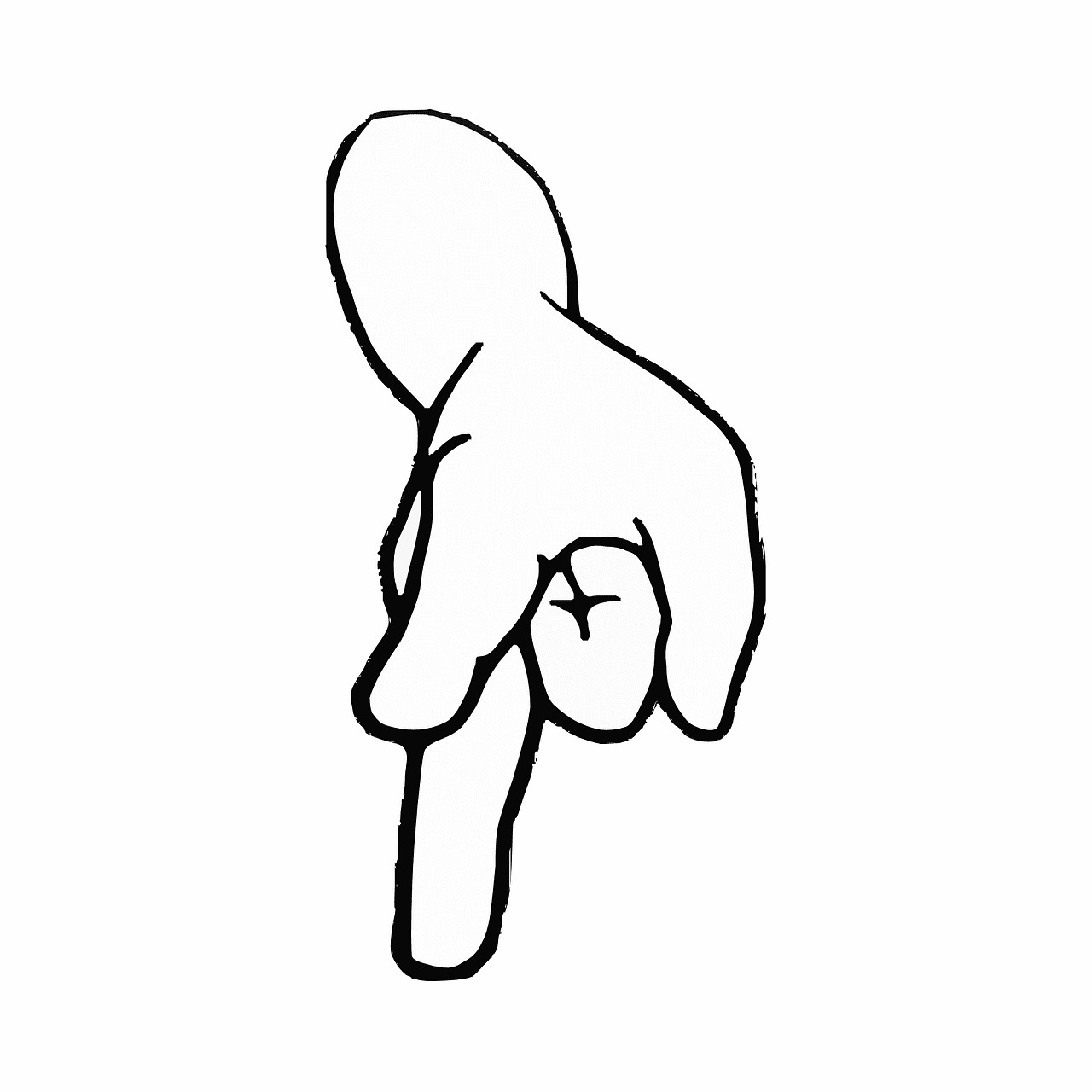
Off-the-shelf, one-size-fits-all sensor solutions do not “mind the gap”, which can cause a lot of issues for your application. Check out our eBook to learn more about adding an air gap to your design, as well as a lot of other options to make the best touch interface for your end customer!
